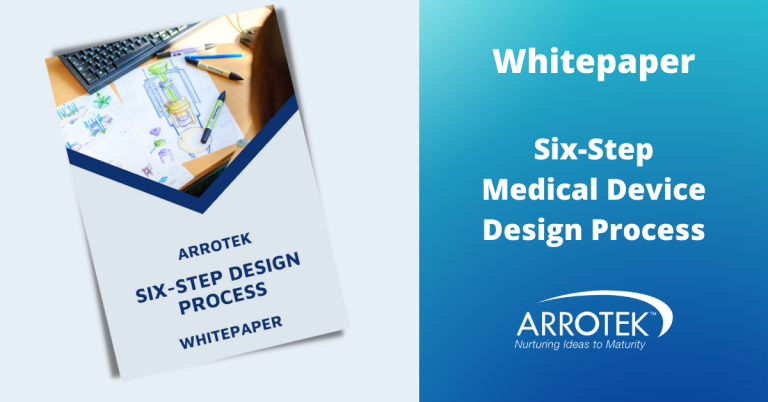Design controls are essential to ensuring your medical device idea achieves regulatory approval. Without design controls, you won’t be able to launch your product, while the poor implementation of design controls, particularly in the early stages of a project, will delay the launch of your product.
What are design controls?
Design controls are part of the Quality System that you must have in place before regulators will allow your product to enter the market. So, let’s start there.
An Introduction to Quality Systems
All new medical device products need a Quality System to comply with regulations. In the US, this means complying with FDA 21 CFR Part 820. In Europe, it means complying with EU medical device regulations. Most MedTech companies achieve this by meeting the standards set out in ISO 13485:2016.
Both FDA 21 CFR Part 820 and ISO 13485:2016 are similar as there has been a drive by regulators in recent years to harmonise the requirements in different countries and regions. Therefore, it’s possible to take an overall look at what you need in terms of a Quality System.
Importantly, neither the FDA nor EU regulators specify what your Quality System should look like or the procedures you should follow. This is up to you, but there are best practice standards you should follow.
A specialist medical device design company, like Arrotek, can guide you through the process and ensure you meet the requirements of regulators.
Design Controls and Quality Systems
The Quality System you put in place for your medical device product will have a range of different components. This includes management controls, document control, supplier management, and risk management.
This blog, however, focuses on another crucial component of a new medical device Quality System – design controls.
The purpose of design controls in a Quality System is to prove a medical device product is safe, effective, and fit for purpose.
There are three central questions to the above:
- Does the product meet user needs – i.e. does it do what you claim it does?
- Is the product suitable for its intended uses – i.e. does it diagnose, prevent, treat, cure, or mitigate the disease or condition you specify?
- Can you prove it – do you have documentation to prove the above?
Design Control Requirements for the Quality System of a New Medical Device Product
The central component of design controls for a new medical device product is to have a plan or process that describes all the design and development activities that take place to bring your product from the idea stage to the stage of seeking regulatory approval.
This process will produce a document that contains a full history of the product’s design iterations. This document is often called the design history file.
The design history file also includes:
- Design inputs, i.e. the performance criteria and requirements of the product based on the needs of users
- Design outputs i.e. all the components the design produces from testing protocols to materials to parts
- Verification, i.e. verifying the design outputs meet the design inputs
- Validation, i.e. validating the design
- Details of design changes and how they were controlled
- Reviews of design results (or design reviews)
- How the design was transferred to production documents – drawings, specifications, etc
Beyond Compliance
Design controls offer more benefits than smoothing the path to regulatory compliance. By having design controls in place, you will be more confident your new medical device product will be safe to use in addition to potentially shortening the product design and development timeline.
When you add a DFM (Design for Manufacture) approach to the process, design controls can also help ensure your medical device product can be effectively manufactured for an acceptable cost.
Importance of Implementing Design Controls Early
By meeting the above requirements at the start of the design process, you will save considerable amounts of time compared to doing it retrospectively, i.e. once the product is ready for submission to regulators for approval.
Adopting an approach to product design that is both fluid and flexible helps too.





